This article was medically reviewed by Sarah Gehrke, RN, MS. Sarah Gehrke is a Registered Nurse and Licensed Massage Therapist in Texas. Sarah has over 10 years of experience teaching and practicing phlebotomy and intravenous (IV) therapy using physical, psychological, and emotional support. She received her Massage Therapist License from the Amarillo Massage Therapy Institute in 2008 and a M.S. in Nursing from the University of Phoenix in 2013.
There are 8 references cited in this article, which can be found at the bottom of the page.
This article has been viewed 35,935 times.
Serotonin is an important chemical and neurotransmitter in the body that can affect your mood, sleep, digestion, and energy. Having too much or too little serotonin could impact your health, which is why your doctor may order a specific blood or urine test. The 5-HT test (or Serotonin Test) measures the amount of serotonin in your blood, while the 5-HIAA test determines the amount in your urine. Both tests are accurate, but your doctor may choose one over another based on your health history or lifestyle.
Steps
Getting Your Blood Tested
-
1Discuss your symptoms with a doctor. Tell the doctor about any medications you are taking and what symptoms you are experiencing. Answer any questions the doctor has relating to your general health.
- Symptoms related to increased serotonin levels include diarrhea, nausea and vomiting, restlessness, increased body temperature and heart rate, overactive reflexes, loss of coordination, hallucinations, flushing of the skin around the head and neck, and difficulty breathing.[1]
-
2Understand the blood test and the reasons to undergo testing. This test is called the Serotonin Test or the 5-HT level test and it measures the amount of serotonin in your blood. There are two main reasons a doctor would order this test.
- Serotonin Syndrome can be a side effect of taking two or more medications that increase the body’s level of serotonin. The symptoms of Serotonin Syndrome will come on soon after taking the affecting drugs, anywhere from minutes to a few hours.[2]
- Your doctor could also order the 5-HT level to rule out Carcinoid Syndrome. When carcinoid tumors are present, they begin to release large amounts of serotonin into the blood and you develop Carcinoid Syndrome as a result. This is a rare condition and generally effects people that are 60 years of age and older.[3]
Advertisement -
3Give a sample of your blood to be tested. Allow the attending nurse or lab technician to draw blood from a vein in one of your arms. Breathe deeply and look the other way if you are squeamish about needles.
- There are no special preparations required to prepare for this test.
- You may experience a little bit of pain or bruising, but it will go away quickly.[4]
-
4Wait for the results. You may be asked to stay in the doctor’s office to await the results if Serotonin Syndrome is suspected. Otherwise, the results from the laboratory take between 3 days and 1 week.
- No matter what the results of the test are, make sure you discuss diagnosis and suggestions for treatment thoroughly with your doctor.
Testing Your Urine
-
1Visit with a doctor about any symptoms you are having. Explain any discomfort you are feeling. Be sure to tell the doctor if you are on any medications. Symptoms of a serotonin imbalance include:
- Agitation or restlessness
- Diarrhea
- Fast heartbeat and high blood pressure
- Hallucinations
- Increased body temperature
- Loss of coordination
- Nausea and vomiting
- Overactive reflexes
- Flushing (face, neck, or upper chest)
- Difficulty breathing, such as wheezing
-
2Discuss testing with your doctor. A urine test known as the 5-HIAA level test may be ordered if the doctor suspects that your symptoms are related to serotonin levels. This test measures the amount of 5-hydroxyindoleacetic acid (5-HIAA) in the urine. 5-HIAA is a breakdown product of serotonin and indicates raised levels of serotonin in the body.[5]
- This test is most often ordered to rule out the presence of carcinoid tumors. As they grow, carcinoid tumors secrete serotonin into the body and that excess generates a group of symptoms known as Carcinoid Syndrome.[6]
-
3Give samples of urine to be tested. The 5-HIAA level is a test that requires multiple urine samples to be taken over a 24-hour period. The doctor will send you home with a kit that includes instructions, labels, and containers for your urine. Go over the instructions with your doctor before you leave.[7]
-
4Review any medications you are currently taking with your doctor. Certain medications can interfere with testing, so you may be asked to temporarily stop taking them. Be aware that some medications require a gradual reduction in dose, while others can be stopped immediately.
-
5Avoid certain foods that interfere with test results. Eating plums, pineapples, bananas, eggplant, tomatoes, avocados, and walnuts can affect the results of the 5-HIAA test. Quit eating these food 3 days before the test.[8]
-
6Discuss the results of your test with your doctor. Results from the laboratory can take 3 days to 1 week. Ask your doctor ahead of time how long you will have to wait. This may help alleviate some anxiety you are feeling. Once you sit down with your doctor, be sure to ask any questions you may have.
References
- ↑ https://my.clevelandclinic.org/health/diseases/17687-serotonin-syndrome
- ↑ https://my.clevelandclinic.org/health/diseases/17687-serotonin-syndrome#symptoms-and-causes
- ↑ https://www.hopkinsmedicine.org/health/conditions-and-diseases/carcinoid-tumor
- ↑ https://www.mountsinai.org/health-library/tests/serotonin-blood-test
- ↑ https://www.urmc.rochester.edu/encyclopedia/content.aspx?contenttypeid=167&contentid=5_hiaa
- ↑ https://my.clevelandclinic.org/health/diseases/22103-carcinoid-syndrome
- ↑ https://medlineplus.gov/ency/article/003612.htm
- ↑ https://www.ucsfhealth.org/medical-tests/5-hiaa-urine-test#:~:text=Foods%20that%20can%20interfere%20with,tomatoes%2C%20avocados%2C%20and%20walnuts.

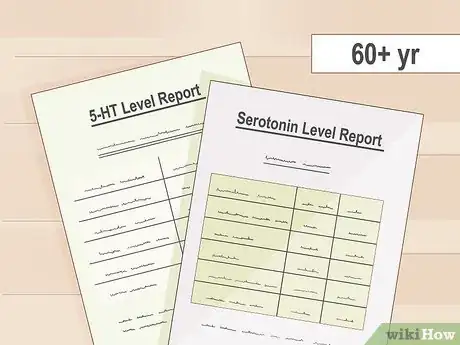



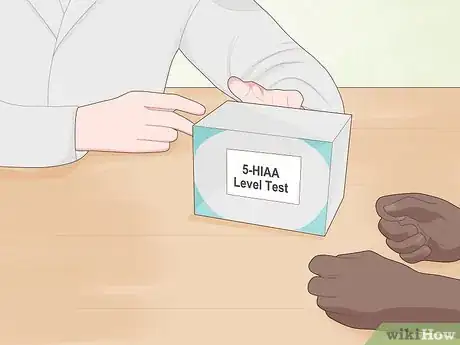
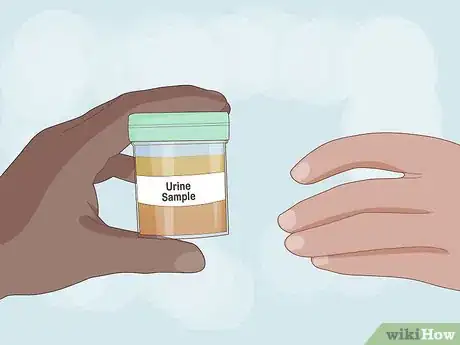



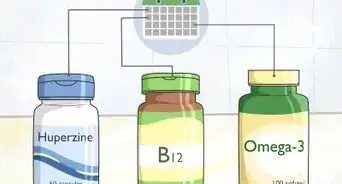







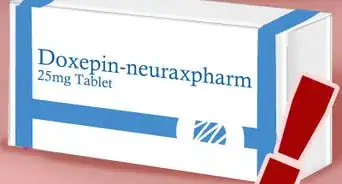




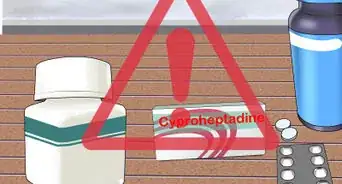







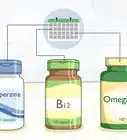







































Medical Disclaimer
The content of this article is not intended to be a substitute for professional medical advice, examination, diagnosis, or treatment. You should always contact your doctor or other qualified healthcare professional before starting, changing, or stopping any kind of health treatment.
Read More...